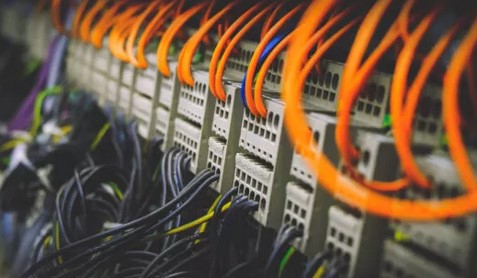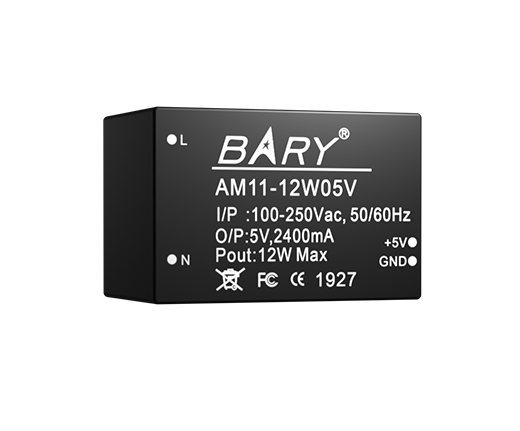

In electronic circuits,
most of them require a DC regulated power supply for driving. For
example, in the amplifying circuit, on the one hand, the DC voltage
regulator must establish a suitable static operating point for the
circuit operation, and on the other hand, it must provide the required
energy for the amplification of the signal. The output of the power
generation equipment is alternating current. For low power conditions,
it needs to be processed in several steps such as step-down,
rectification, filtering and voltage stabilization to turn it into a
stable direct current. Let's briefly talk about some working principles
and characteristics of the rectifier circuit and filter circuit
The
so-called rectifier circuit is to convert the AC circuit into DC. For
low power conditions, the unidirectional conductivity of the diode can
be directly used to achieve rectification. If the input is a sinusoidal
alternating current, after being rectified by a diode, the output is a
pulsating direct current, but this direct current also contains a large
amount of alternating current.
1. Briefly introduce the simplest
single-phase half-wave rectification circuit (assuming that the load is a
purely resistive load, an ideal diode).

working principle:
When
V2 is in the positive half cycle, the diode VD is forward-conducting,
ignoring the tube voltage drop on the diode, the output V0=V2.
When
V2 is in the negative half cycle, the diode VD is reversely cut off,
there is no current in the circuit, and the output voltage V0=0.
To
sum up: In the whole cycle, the diode VD is only turned on in the
positive half cycle of V2, at this time the output voltage follows the
input voltage transformation; and there is no signal output in the
negative half cycle of V2. So the circuit performs half-wave
rectification.
2. Talk about a single-phase bridge rectifier circuit.
working principle:
When
V2 is in the positive half cycle, diodes VD1 and VD3 are turned on, VD2
and VD4 are turned off, and the current flows through the load from top
to bottom.
When V2 is in the negative half cycle, diodes VD2 and VD4
are turned on, VD1 and VD3 are cut off, and the current still flows
through the load RL from top to bottom.
To sum up, through the
alternate conduction of 4 diode groups, it is guaranteed that the load
RL has the same direction current flowing in the whole cycle, and the
direction of the load voltage remains unchanged, so the circuit performs
full-wave rectification.
The bridge circuit is characterized by a
full-wave rectifier circuit, which has the advantages of high working
efficiency, small ripple, low reverse working voltage of the diode,
etc., and does not require high power transformers, so this circuit has
been very popular in semiconductor rectifier circuits. Wide range of
applications.
filter circuit
The input of the rectifier
circuit is a sinusoidal AC voltage, and the output is a pulsed DC
voltage, which contains a large amount of AC components, namely ripple.
Therefore, the pulsed DC also needs to filter out the AC component
through the filter circuit. The filter circuit is mainly composed of
capacitive elements and inductive elements, which are divided into
capacitive filter circuits, inductive filter circuits and composite
filter circuits.
Here is an example of a bridge rectifier capacitor filter circuit:
The
working principle of the bridge rectifier capacitor filter circuit is
similar to that of the half-wave rectifier capacitor filter circuit. The
difference is that one is full-wave rectification and the other is
half-wave rectification. Obviously, for the full wave, the discharge
time of the capacitor is shorter, the output waveform is smoother, and
the filtering effect is better. The influence of capacitor filtering on
the circuit is that after the capacitor filter circuit is added, the
output waveform changes smoothly, and the output voltage rises
accordingly. When the load RL is infinite, the capacitor has no
discharge path, and the voltage on it will not drop. As RL decreases,
the discharge time also decreases. For the full-wave rectification
capacitor filter circuit, its output characteristics change with the
change rule of the output voltage V0 with the output current.
In
short, the structure of the capacitor filter circuit is simple, the DC
voltage obtained by the load is high, and the ripple is small, but its
output characteristics are poor, and the output DC voltage is greatly
affected by the change of the load, so it is suitable for high load
voltage and load Applied in occasions with little change.







